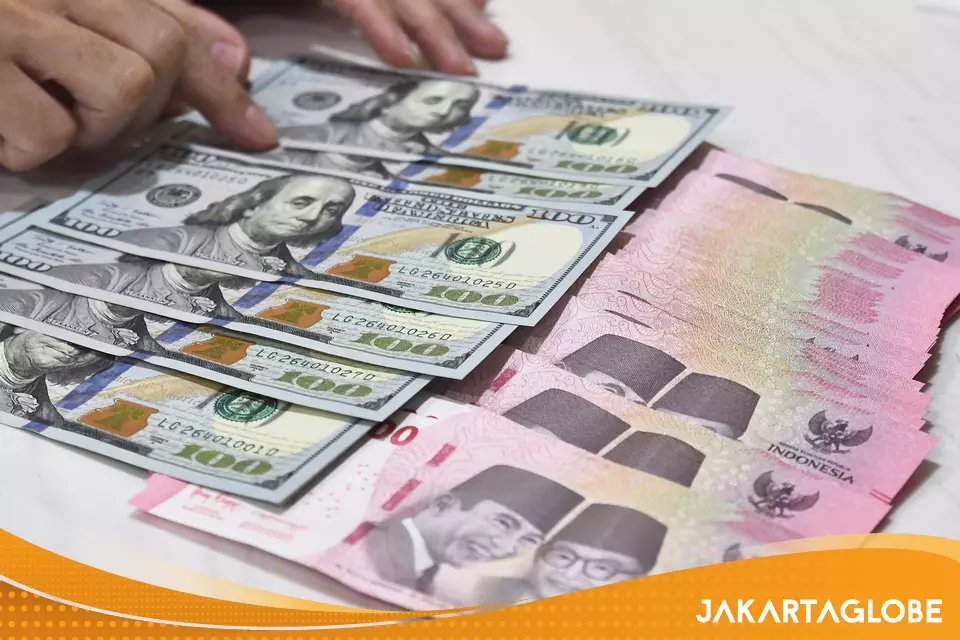Jakarta. The Financial Services Authority (OJK) has reported that the banking sector’s risk profile remains relatively stable as of March 2025, despite challenges in the broader economy. While non-performing loans (NPL) have decreased, the Loan at Risk (LAR) ratio continues its upward trend, and capital adequacy has weakened.
OJK’s Banking Supervision Executive Director, Dian Ediana Rae, explained that the authority regularly conducts stress tests to assess the impact of economic changes on the banking sector, including the effects of US tariffs and the depreciation of the rupiah. “We assess that the banking sector’s capital adequacy ratio (CAR) is high, at 26.95 percent as of February 2025, and is capable of absorbing potential increases in credit risk, market risk, and liquidity risk,” Dian said during a press conference on Monday.
However, the latest CAR data shows a decline to 25.43 percent in March 2025, signaling a weakening of capital adequacy. In terms of intermediation, OJK reported that banking performance remains stable, with credit growth of 10.3 percent year-on-year in February 2025, though this slowed to 9.16 percent in March 2025.
OJK Chairman Mahendra Siregar said that while non-performing loans (NPLs) have remained under control, with a gross NPL ratio of 2.17 percent and a net NPL ratio of 0.8 percent in March 2025, the LAR ratio has increased to 9.86 percent from January 2025 levels. Despite this, the banking sector’s overall risk profile remains manageable.
“Credit quality remains stable, with the NPL ratio showing improvements compared to February 2025, when the gross NPL ratio stood at 2.22 percent and net NPL at 0.81 percent,” Mahendra said during a press conference on April 23, following a regular meeting of the Financial System Stability Committee (KSSK).
Despite the challenges, OJK said Indonesia’s banking sector has sufficient capital to weather potential risks. Liquidity in the banking sector remains adequate, with the Liquid Assets to Non-Core Deposits (AL/NCD) ratio standing at 116.05 percent and Liquid Assets to Third Party Funds (AL/DPK) ratio at 26.22 percent, well above the respective thresholds of 50 percent and 10 percent in March 2025.
Mahendra also addressed the growing economic uncertainties, pointing out global challenges such as US tariff policies that could disrupt supply chains, increase inflation, and slow economic growth. These factors could potentially exacerbate risks for Indonesia’s key exports, including textiles, footwear, electronics, fisheries, and palm oil.
“OJK urges the banking sector to further map sectors and debtors that may be impacted by global uncertainties and to take proactive steps to mitigate credit risk,” Dian advised.
The authority continues to strengthen the financial system through market deepening efforts to improve banking resilience and efficiency amid global economic fluctuations.
Indonesian Banks Pass Stress Test Amid US Tariffs, Depreciating Rupiah: OJK – Jakarta Globe





